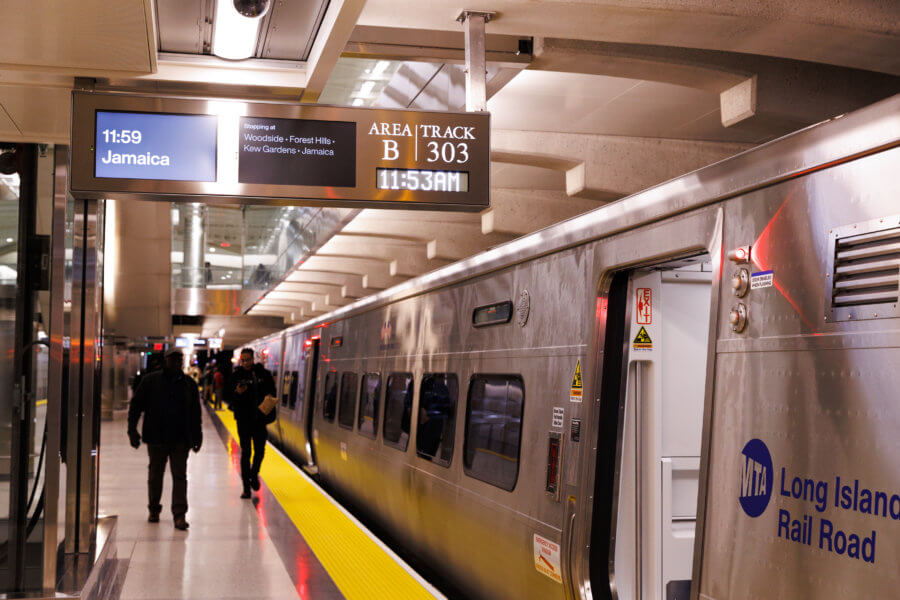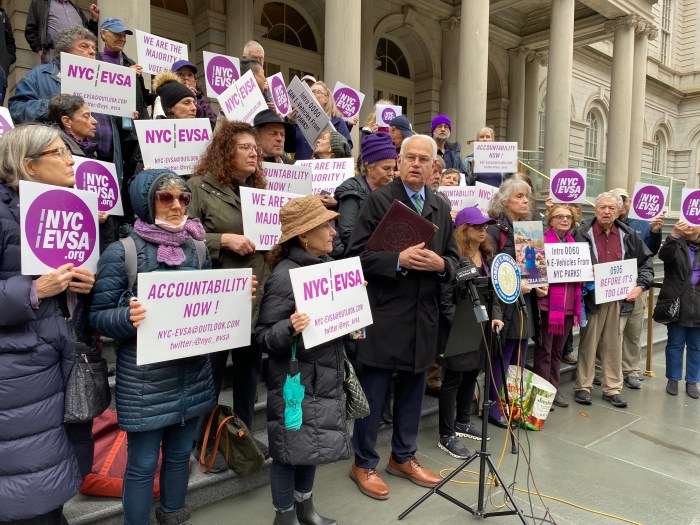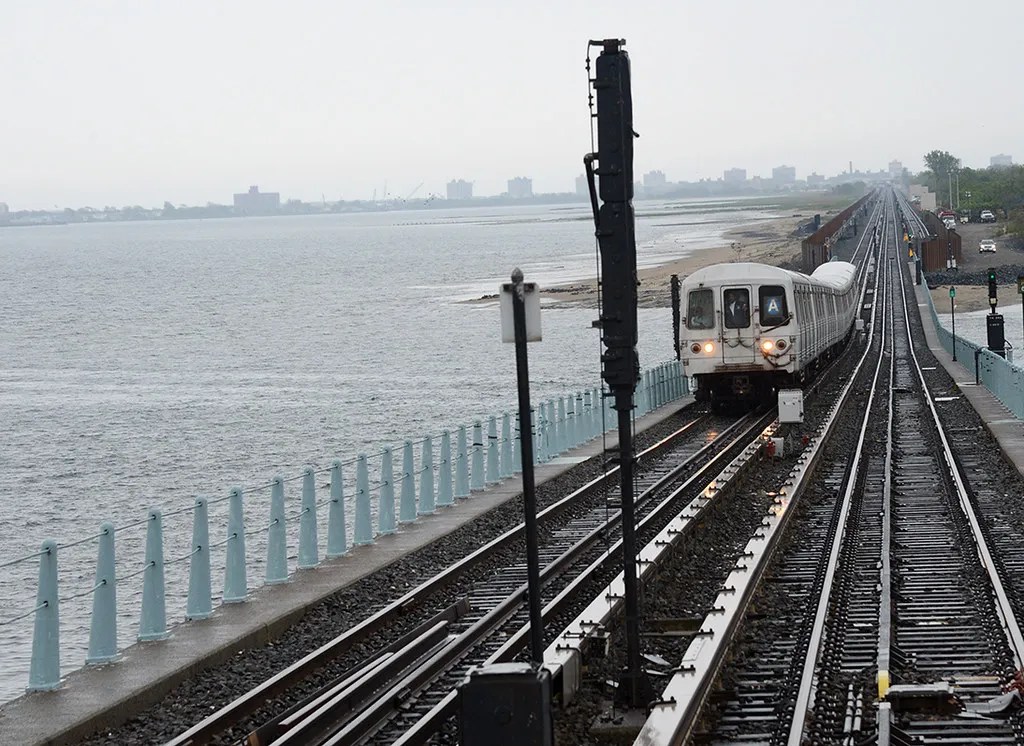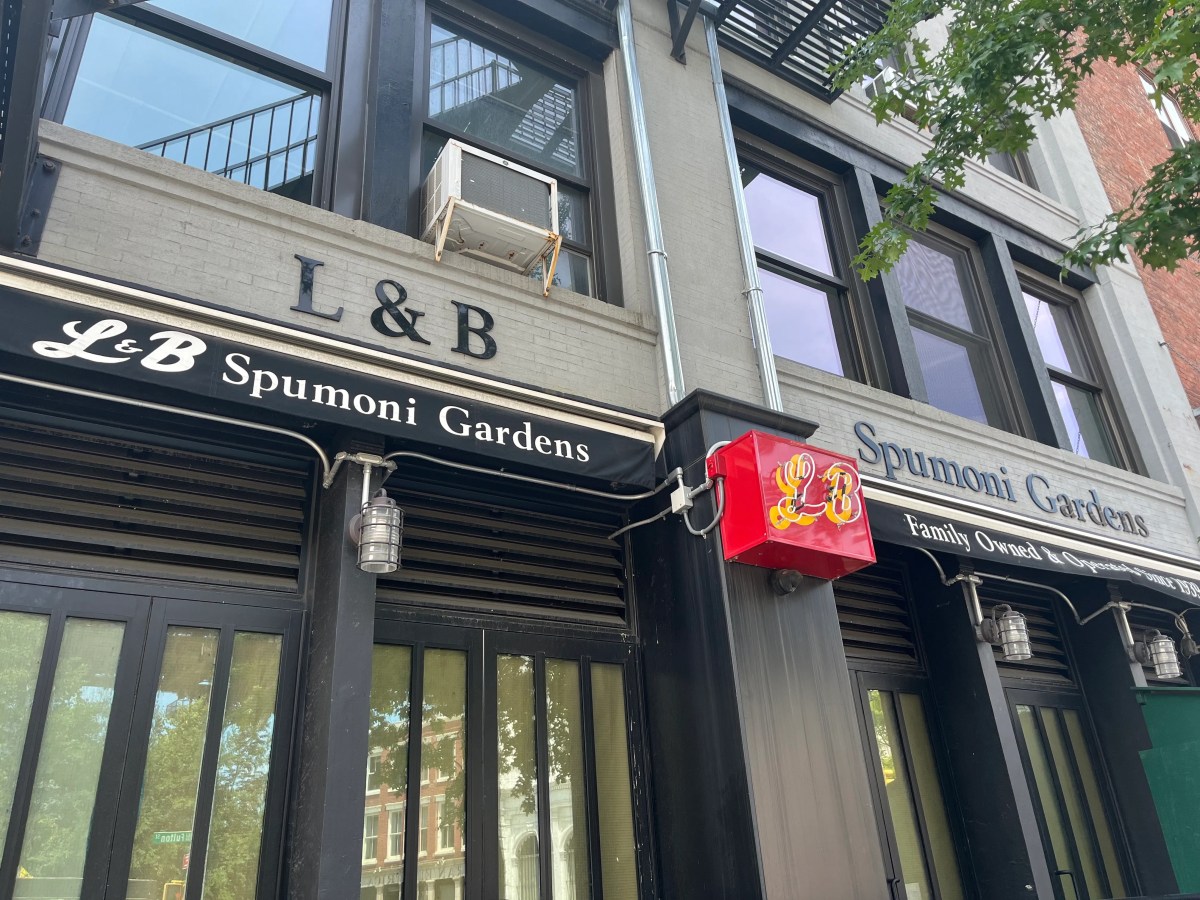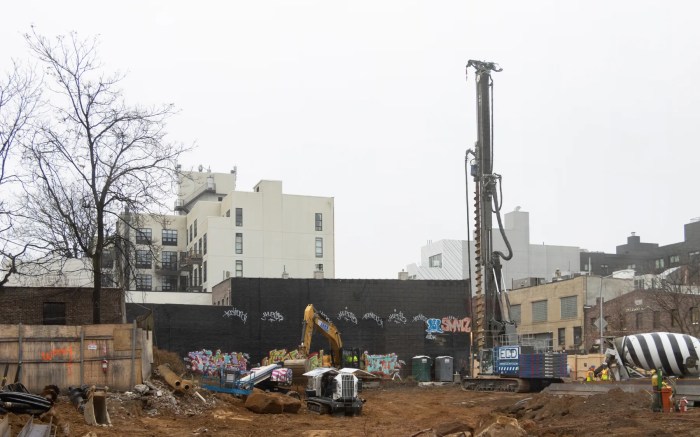The Long Island Rail Road is again making service changes this week, adding more trains in Brooklyn after the chaotic rollout of its brand-new schedules to accompany the opening of Grand Central Madison.
The LIRR wrote on Twitter that it will add three more rush hour trains on its new shuttle route between Jamaica Center and Atlantic Terminal, increasing frequency on the line following widespread dissatisfaction with the move by commuters into Brooklyn. The railroad will also add cars to trains on the Babylon, Long Beach, Port Washington, and Ronkonkoma branches.
A Metropolitan Transportation Authority spokesperson would not confirm if the cars were being removed from Grand Central-bound trains and added to Brooklyn and Penn-bound ones, only noting they were removing cars from low-ridership trains.
At a State Senate budget hearing on Friday, MTA chair and CEO Janno Lieber acknowledged the deficient service experienced by LIRR riders during what the agency expected to be a victory lap, with increased train capacity and a brand new, gleaming terminal to bring commuters to the east side of Manhattan.

“This was a tough, tough week for Long Island Rail Road customers,” Lieber told lawmakers.
The opening of Grand Central Madison brought what the MTA has touted as a 40% increase in LIRR service capacity and the first major schedule changes in decades. But as soon as the new terminal fully opened and the schedules went into effect last week, chaos mounted and riders registered their gripes.
“It’s certainly a lot different, and a little confusing,” said Ed Friedman, a Merrick resident, after disembarking his shuttle train in Brooklyn last week. “Now there are no more direct trains here, so you have to change to another track all the way at the other end of the Jamaica station. So it’s very difficult, but it takes some getting used to.”
Chaotic scenes have played out at Jamaica Center, a major transfer point for LIRR riders, over the past week. Those commuters accustomed to a one-seat ride into Atlantic Terminal have described a mad dash to transfer to the shuttle, which uses platforms at the far southern end of Jamaica but isn’t timed to sync up with other trains coming in from the east.
Despite the touted service increase, commuters have also complained of extremely overcrowded trains headed into Penn, even as Grand Central-bound trains appeared to leave Jamaica nearly empty.
“It is sad. I am a huge fan of the LIRR. I have also waited for GCM for years,” said Ian Siegel, an Oyster Bay Branch rider who says his commute to Brooklyn has lengthened by 20 minutes, in an email. “I never expected or thought the implementation would be so poor.”
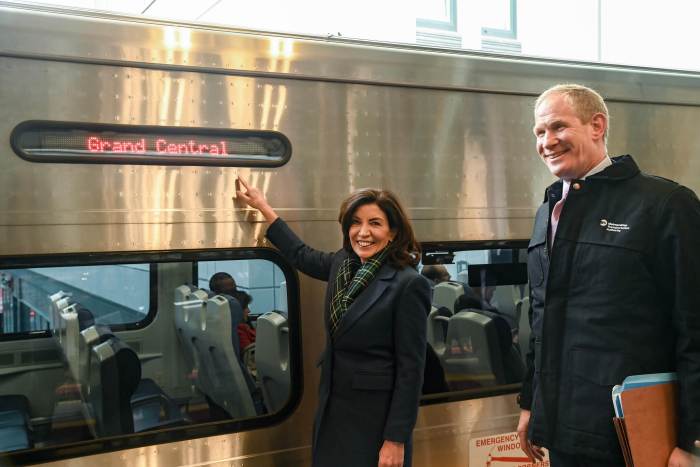
The MTA anticipated that about 40% of LIRR commuters heading to Manhattan would opt to go to Grand Central, but in the first week the number was actually just shy of 30%, with the remaining 70% still heading into Penn Station. The agency did not have numbers handy after being asked multiple times by amNewYork Metro for the statistics when also accounting for service to Atlantic Terminal and Long Island City.
The long-delayed, $11.6 billion East Side Access megaproject finally wrapped up earlier this year, and MTA officials have called it a game-changer for the region, allowing for seamless connectivity between the city, Long Island, and upstate suburbs.
But now, advocates and MTA Board members are demanding answers and action. The Permanent Citizens Advisory Committee to the MTA (PCAC), an in-house rider advocacy group, lambasted the authority for mostly ignoring negative feedback after publishing drafts of the new schedules, and argued that not incorporating such feedback snowballed into chaos last week.
On Thursday, the group called for the MTA to augment the schedules to prevent overcrowding.
“We have 2/3 of the pre-pandemic ridership and 40% increase in service,” said Gerard Bringmann, the chair of the PCAC and an MTA Board member. “There’s no reason to have crowded trains anywhere. It defies logic.”
Read more: Subway, Bus Fare Hikes Possible



